Experimental beats have emerged as a groundbreaking force in hip-hop, reshaping the way we experience music. These innovative sounds, characterized by their unique textures and unconventional structures, are not just a trend—they’re a revolution. As the genre evolves, the rise of experimental beats has opened new creative avenues, blending traditional hip-hop elements with avant-garde techniques. This article delves into the fascinating journey of experimental beats, exploring their origins, key artists who popularized them, and the technological advancements that have fueled their growth. From the impact of global music cultures to the role of digital platforms, we’ll examine how experimental beats are redefining the boundaries of hip-hop and paving the way for future innovations. Whether you’re a seasoned music producer or a casual listener, this exploration of experimental beats trends promises to offer fresh insights into the ever-changing landscape of modern music.
Key Takeaways
– Blurring Genres: Experimental beats merge unexpected styles like lo-fi with glitch-hop, creating fresh sonic explorations.
– Leveraging AI: AI tools are transforming music production, enabling producers to craft unique textures and patterns.
– Creating Immersive Experiences: Artists are integrating visuals, poetry, and film to offer multi-sensory journeys beyond traditional music.
– Fostering Collaboration: Beatmakers are partnering with visual artists and musicians to create cohesive, multi-disciplinary works.
– Pushing Boundaries with Spatial Audio: Advanced tools allow producers to craft 3D soundscapes, enhancing listener immersion.
– Reviving Sample-Based Magic: The resurgence of vinyl and cassette sampling breathes new life into classic sounds with modern flair.
– Combining Organic and Electronic Elements: Live instrumentation adds depth to beats, blending warmth with electronic layers.
– Embracing Sustainability: Producers are adopting eco-friendly practices to reduce waste and promote environmentally conscious creation.
– Cross-Genre Connections: Collaborations with artists from diverse backgrounds expand creative possibilities and inspire innovative sounds.
– Enhancing Engagement: From dynamic album covers to interactive shows, experimental beats are prioritizing audience immersion.
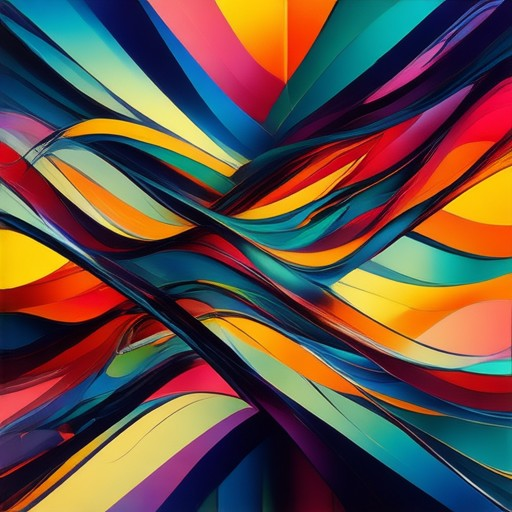
Experimental Beats
Experimental beats are a genre of music production that pushes boundaries through unique sound design and composition. These beats often blend elements of hip-hop, electronic, jazz, and world music to create something entirely original and boundary-pushing.
Key Elements of Experimental Beats
- Unconventional Melodies: Experimental beats often feature melodies that don’t follow traditional harmonic structures, giving them a forward-thinking feel.
- Modular Synths and FX: Custom synthesized sounds and effects like reverb, delay, and distortion add texture and depth to the tracks.
- Raw, Organic Vibes: Many experimental beats focus on live instrumentation mixed with digital manipulation, creating a raw yet polished sound.
- Dynamic Drum Patterns: Beats often feature intricate drum patterns that challenge conventional rhythm structures.
History and Evolution
Experimental beats have roots in jazz and funk productions, with producers like J Dilla and Madlib pioneering the genre. Today, they’ve evolved into popular formats like lo-fi beats and sample-based tracks.
Artists and Producers Who Use Experimental Beats
Many musicians across genres incorporate experimental beats into their work. Artists like Flying Lotus, Bon Iver, and even pop stars like Frank Ocean experiment with these sounds to create unique textures.
How to Create Experimental Beats
Creating experimental beats requires creativity and resourcefulness. Start with a base loop, add unique samples, and manipulate sounds using effects and synthesis tools. Platforms like Ableton Live and SoundCloud are great for sharing and discovering these beats.
Exploring Further
For more information on experimental beats and music production tips, check out our resource hub . We cover everything from beat-making techniques to artist spotlights in the abstract hip-hop scene.
What is the difference between abstract and experimental hip hop?
Abstract and experimental hip hop are two distinct yet interconnected subgenres within the broader spectrum of hip hop culture. While they share common ground in their departure from conventional norms, they each emphasize different artistic approaches and focus on unique aspects of music and culture.
Abstract Hip Hop
Abstract hip hop is primarily defined by its lyrical content and style. Artists in this category often employ unconventional and unorthodox lyricism, utilizing non-traditional rhyme schemes, multisyllabic raps, and innovative storytelling. This subgenre frequently incorporates elements from other genres, such as jazz, spoken word, funk, and electronic music, creating a rich tapestry of sounds and narratives. Abstract hip hop can feel more introspective and intellectual, often delving into complex themes and abstract concepts.
Experimental Hip Hop
Experimental hip hop, on the other hand, places greater emphasis on musical innovation and boundary-pushing production. Artists in this space often experiment with unconventional instrumentation, blending live instruments with electronic beats, and exploring uncharted sonic territories. The focus here is less on the lyrical content and more on the creation of unique and forward-thinking soundscapes. Experimental hip hop can feel more avant-garde, pushing the boundaries of traditional hip hop structures and rhythms.
Overlap and Relationship
While abstract and experimental hip hop share a common goal of challenging conventions, they differ in their primary focus. Abstract hip hop tends to prioritize lyrical complexity and conceptual depth, whereas experimental hip hop is more centered around musical exploration and innovation. However, many artists in these subgenres often overlap, as they share a commitment to pushing the boundaries of hip hop culture.
Cultural Platform
Abstract Hip Hop is not just a music genre but also a cultural platform dedicated to exploring the world of hip hop music, art, and culture. The site offers in-depth articles, artist interviews, and music reviews, providing readers with a deep dive into the abstract and experimental hip hop scenes. It serves as a hub for hip hop enthusiasts seeking to discover the genre’s more unconventional sounds and ideas.
Competitors and Related Platforms
When discussing the broader hip hop landscape, there are several notable platforms that cover music and culture, including Complex , Pitchfork , and Stereogum . Each of these platforms provides unique perspectives on music and culture, offering readers a wealth of information on various subgenres, including abstract and experimental hip hop.
By exploring both abstract and experimental hip hop, we gain a richer understanding of the diverse possibilities within the hip hop genre, showcasing its evolution and innovation over time.
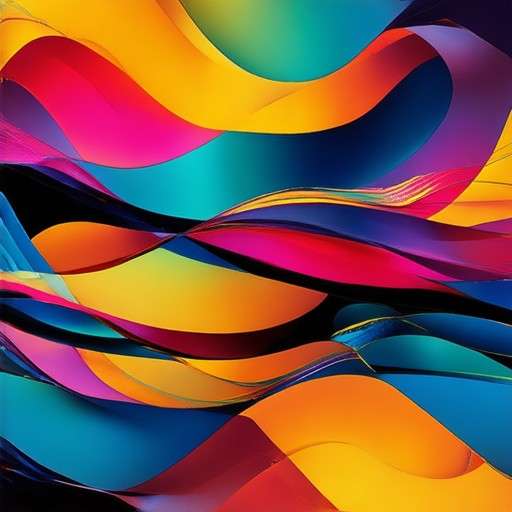
What is an Experimental Rapper?
Experimental hip-hop, often referred to as alternative or avant-garde hip-hop, is a subgenre that pushes boundaries by blending traditional rap elements with unconventional sounds and styles. This genre frequently incorporates influences from jazz, electronic, rock, and other non-traditional genres, resulting in a unique and innovative musical experience.
Key Characteristics of Experimental Hip-Hop:
- Unconventional Production : Experimenters often use intricate sampling, looping, and production techniques that deviate from mainstream hip-hop norms.
- Abstract Lyrics : The lyrics can be more abstract, poetic, or esoteric, focusing on themes like social issues, personal reflections, or philosophical concepts.
- Genre Fusion : The genre frequently fuses with other musical styles, creating a diverse and eclectic sound.
- Avant-Garde Influences : Artists often draw inspiration from avant-garde movements, pushing creative boundaries in both music and lyrical content.
Notable Experimental Rappers:
- Flying Lotus – Known for his blend of hip-hop, electronica, and jazz, Flying Lotus creates immersive and experimental beats that defy conventional structures.
- J Dilla – Often regarded as a pioneer of the genre, Dilla’s work incorporated lo-fi textures and raw, organic instrumentation.
- MF DOOM – With his dark, cinematic soundscapes, MF DOOM represents the darker, more introspective side of experimental hip-hop.
- The Cinematic Orchestra – While primarily known for their electronica work, their collaborations with rappers like Roots Manuva showcase experimental hip-hop’s versatility.
Subgenres and Competitors:
- Cloud Rap – A subgenre that leans heavily on lo-fi and ambient sounds, popularized by artists like Joey Bada$$ and Clams Casino.
- Lo-Fi Hip-Hop – Characterized by mellow beats and sample-driven production, this subgenre shares similarities with experimental hip-hop but often focuses on chill, nostalgic vibes.
- Soul-Infused Hip-Hop – Artists like Black Milk and Odd Future blend soulful vocals with experimental production techniques, creating a distinct yet related sound.
For more information on experimental hip-hop and its associated subgenres, visit Abstract Hip Hop to explore in-depth articles, artist interviews, and the latest trends in the genre.
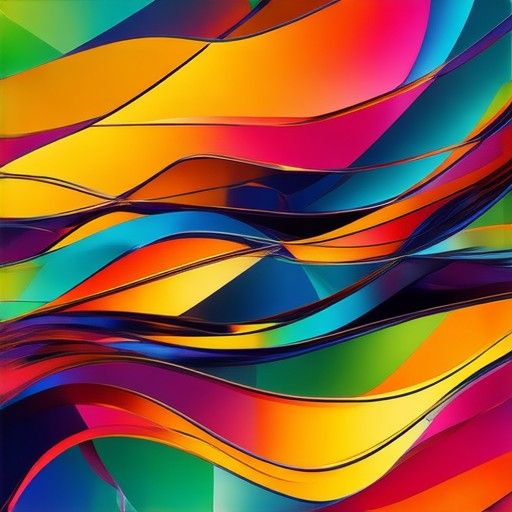
Latest Trends in Experimental Beats
Experimental beats continue to evolve, pushing boundaries and redefining music production. Here are the most notable trends shaping the scene in 2025:
- Multi-Media Storytelling: Artists are incorporating visuals, poetry, and film into their beats, creating immersive experiences that transcend traditional music formats.
- Genre Blending: The fusion of unlikely genres like lo-fi with glitch-hop or trap with wonky beats is gaining momentum, offering fresh sonic explorations.
- AI-Driven Innovation: AI tools are enabling producers to experiment with never-before-heard textures and patterns, revolutionizing creative processes.
- Collaborative Projects: Beatmakers are teaming up with visual artists and musicians to create cohesive, multi-sensory works that blur the lines between music and art.
- Spatial Audio Integration: Advances in spatial audio tools allow producers to craft 3D soundscapes, enhancing listener engagement and immersivity.
- Sample-Based Production: The resurgence of sample-based music sees producers digging deep into archives for unique sounds, often combining old-school techniques with modern tech.
- Live Instrumentation Fusion: Many experimental beats now feature live instrumentation, blending organic instruments with electronic elements for rich, textured layers.
These trends highlight the dynamic nature of experimental beats, continually challenging conventions and inspiring new creative directions. Whether through cutting-edge technology or collaborative ventures, the future of experimental beats looks bright and boundary-pushing.
Current Trends Influencing Experimental Beats Today
Experimental beats continue to evolve, driven by innovative producers pushing creative boundaries. Here are the key trends shaping this dynamic musical landscape:
- Genre Blending: Producers are merging diverse genres like trap with glitch-hop, jazz with synthwave, and industrial with folk, creating unique sonic textures that defy traditional categories.
- AI and Technology Integration: Advanced tools and AI-powered platforms are enabling producers to experiment with intricate patterns and layered sounds, revolutionizing music production techniques.
- Collaborative Projects: Artists are teaming up across disciplines, blending beats with visual art, fashion, and poetry, fostering a multidimensional creative movement.
- Sample-Based Productions: The resurgence of vinyl and cassette tape sampling is giving classic sounds a fresh twist, inspiring producers to reimagine old-school techniques with modern equipment.
- Ambient and Lo-Fi Influences: The rise of ambient and lo-fi beats has influenced experimental music, bringing a meditative and organic feel to contemporary productions.
- Sustainability in Music Production: Eco-conscious practices are gaining traction, with producers focusing on reducing waste and exploring sustainable recording methods.
These trends highlight a growing emphasis on innovation, community, and boundary-pushing creativity in experimental beats. As the genre continues to expand, it remains a hub for forward-thinking musicians and fans alike.
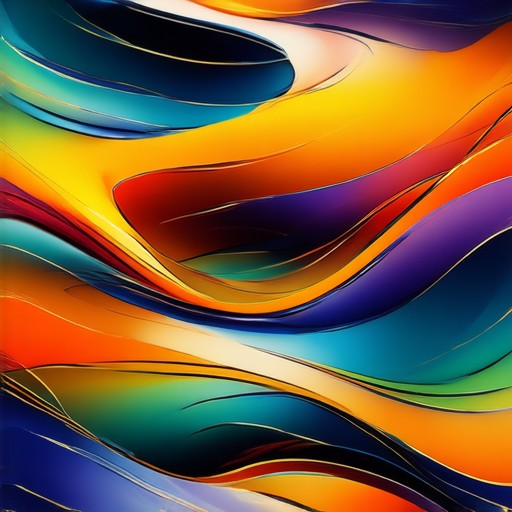
Current Trends Influencing Experimental Beats Today
Experimental beats are evolving rapidly, driven by technological advancements, genre-blending, and innovative production techniques. Here are the key trends shaping the landscape:
- Advanced Production Tools: Producers are leveraging cutting-edge DAWs and plug-ins to create intricate, layered sounds. Software like Ableton Live and FL Studio empower artists to experiment freely, enabling unprecedented creativity.
- Genre Fusion: The boundaries between genres are dissolving. Producers are merging hip-hop with electronic, jazz, funk, and even classical elements to craft unique sonic textures. Artists like Flying Lotus and Björk exemplify this trend.
- Sophisticated Sampling: High-quality sample libraries and AI-driven tools are revolutionizing how producers approach audio. Samples are being manipulated, pitched, and layered in ways that were unimaginable just a few years ago.
- Lo-Fi Aesthetic: There’s a resurgence in lo-fi beats, characterized by warm, analog tones and nostalgic vibes. Producers often emulate vintage gear to achieve this sound, appealing to fans of chillwave and bedroom pop.
- Hybrid Instruments and Live Performances: Artists are incorporating live instrumentation alongside electronic beats, creating rich, organic textures. This trend is fueled by the growing popularity of live performances and the demand for authentic, human-driven music.
- Cross-Genre Collaborations: Experimental beats are thriving in collaborations between artists from diverse genres. This fusion brings fresh perspectives and expands the creative possibilities for producers.
- Multi-Sensory Experiences: Artists are increasingly focusing on creating immersive, multi-sensory experiences. This includes everything from visually dynamic album covers to interactive live shows, enhancing the audience’s engagement with the music.
- Sustainability in Production: Eco-conscious practices are gaining traction, with many producers adopting sustainable workflows and using second-hand gear to minimize their environmental impact.
These trends highlight the dynamic nature of experimental beats, continually pushing the boundaries of music production and offering fresh sounds for listeners to explore.
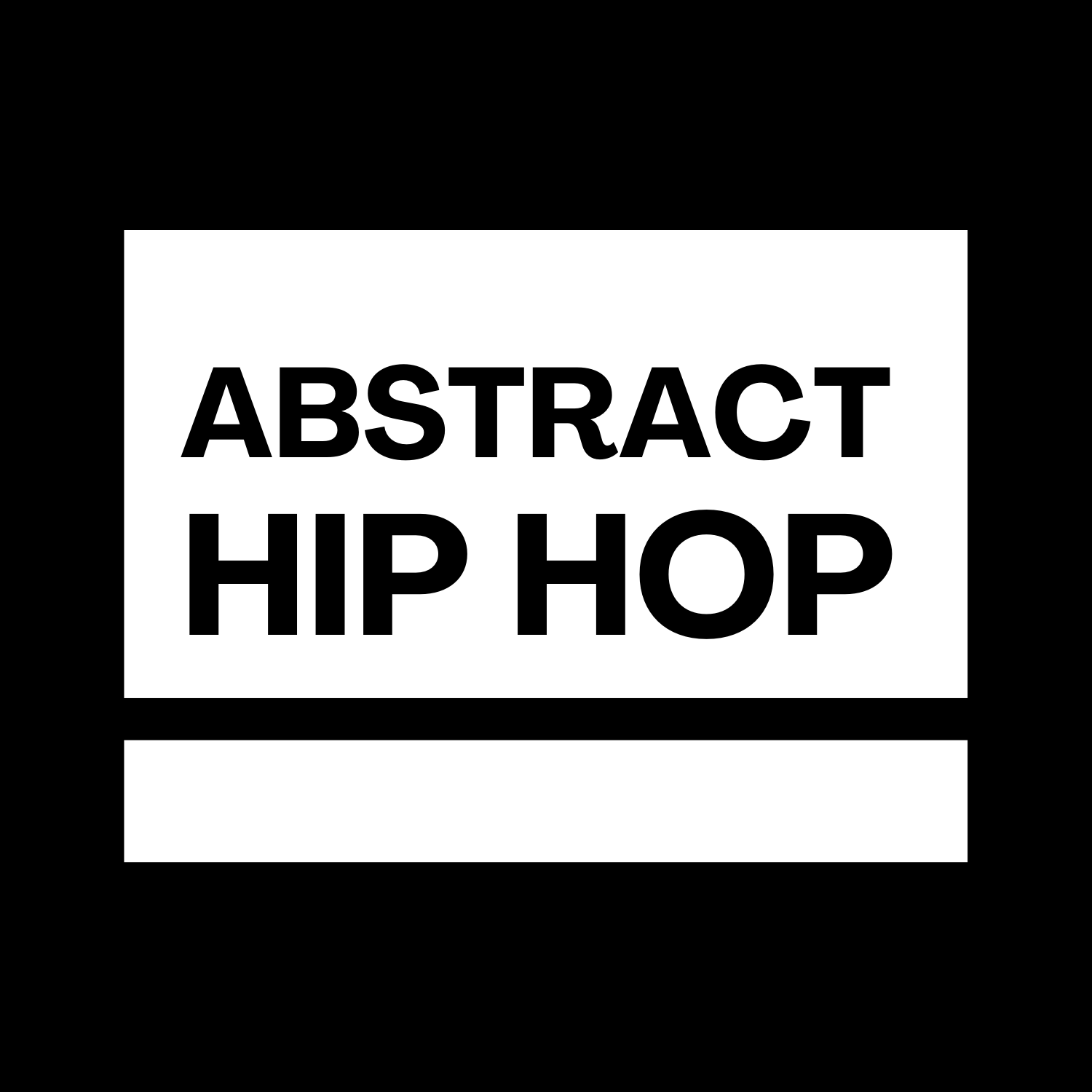
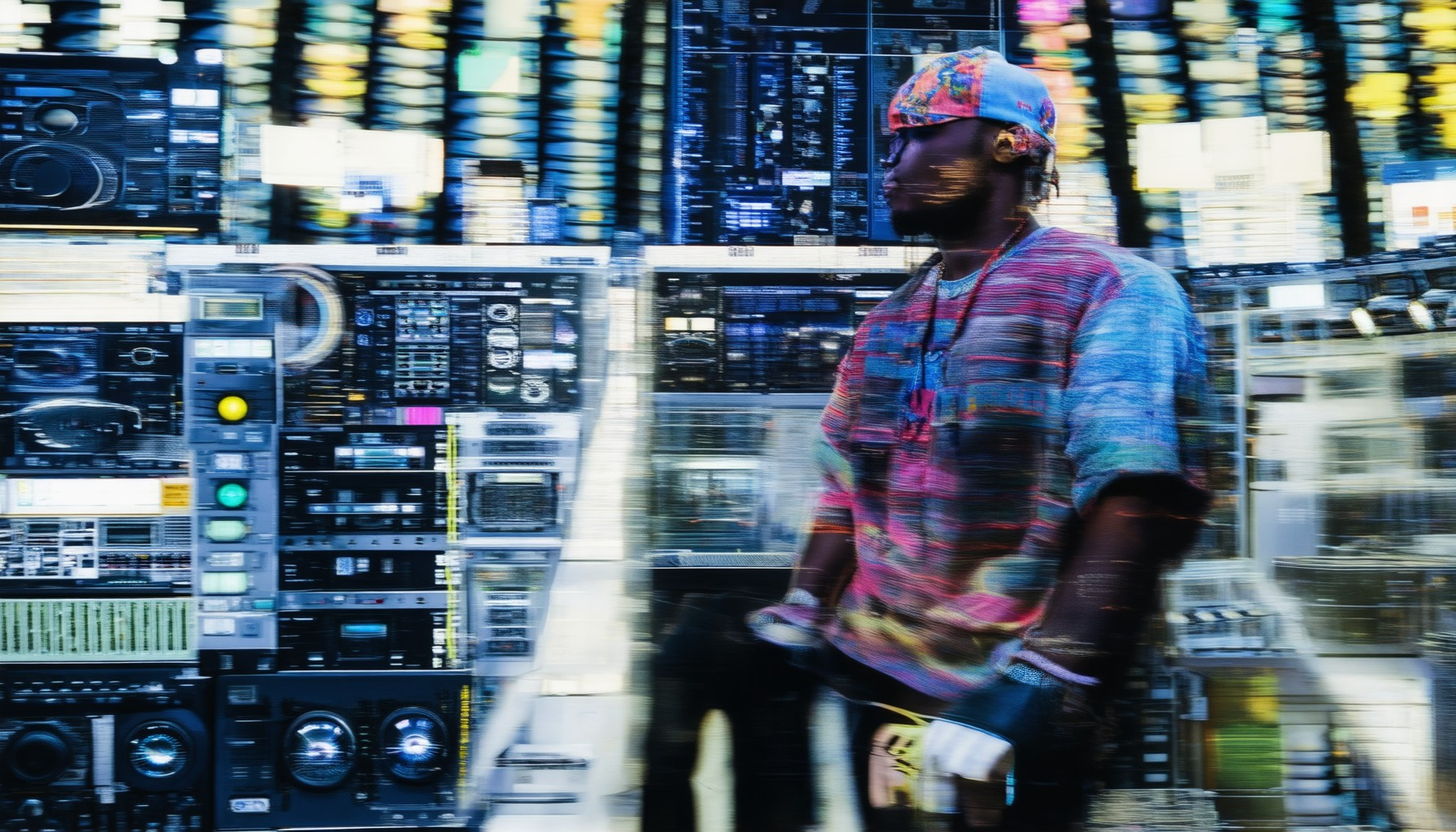
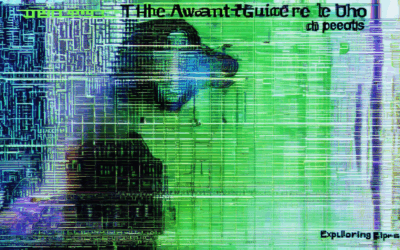
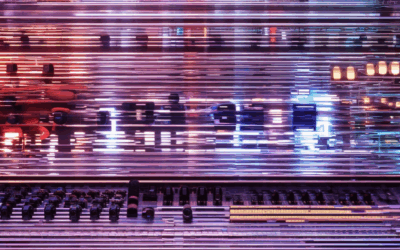
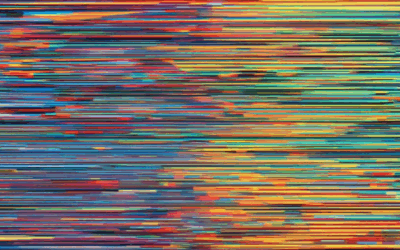
0 Comments